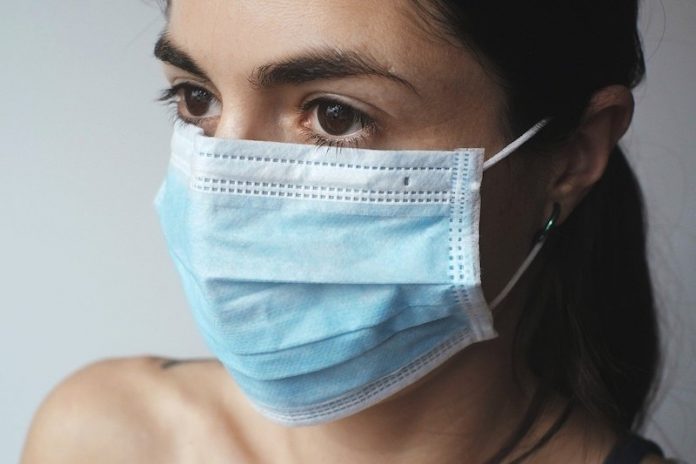
In a new study, researchers suggest that the initial COVID-19 infection rate was undercounted due to testing issues, asymptomatic and alternatively symptomatic individuals, and a failure to identify early cases.
They estimated that the number of early COVID-19 cases in the U.S. may have been more than 80 times greater and doubled nearly twice as fast as originally believed.
The research was conducted by a team from Penn State.
In the study, the researchers estimated the detection rate of symptomatic COVID-19 cases using the Centers for Disease Control and Prevention’s influenza-like illnesses (ILI) surveillance data over a three week period in March 2020.
They analyzed each state’s ILI cases to estimate the number that could not be attributed to influenza and was in excess of seasonal baseline levels.
The team found that the excess ILI showed a nearly perfect correlation with the spread of COVID-19 around the country.
This suggests that ILI data is capturing COVID cases, and there appears to be a much greater undiagnosed population than originally thought.
Remarkably, the size of the observed surge of excess ILI corresponds to more than 8.7 million new cases during the last three weeks of March, compared to the roughly 100,000 cases that were officially reported during the same time period.
The team realized that deaths across the U.S. had been doubling every three days and that the estimate of the infection rate was consistent with three-day doubling since the first observed case was reported in Washington state on January 15.
The researchers also used this process to estimate infection rates for each state, noting that states showing higher per capita rates of infection also had higher per capita rates of a surge in excess ILI.
Their estimates showed rates much higher than initially reported but closer to those found once states began completing antibody testing.
In New York, for example, the researchers’ model suggested that at least 9% of the state’s entire population was infected by the end of March.
After the state conducted antibody testing on 3,000 residents, they found a 13.9% infection rate, or 2.7 million New Yorkers.
Excess ILI appears to have peaked in mid-March as, fewer patients with mild symptoms sought care and states implemented interventions that led to lower transmission rates.
Nearly half of U.S. states were under stay-at-home orders by March 28.
The findings suggest that the overwhelming effects of COVID-19 may have less to do with the virus’ lethality and more to do with how quickly it was able to spread through communities initially.
A lower fatality rate coupled with a higher prevalence of disease and rapid growth of regional epidemics provides an alternative explanation of a large number of deaths and overcrowding of hospitals we have seen in certain areas of the world.
One author of the study is Justin Silverman, an assistant professor in Penn State’s College of Information Sciences and Technology and the Department of Medicine.
The study is published in Science Translational Medicine.
Copyright © 2020 Knowridge Science Report. All rights reserved.



